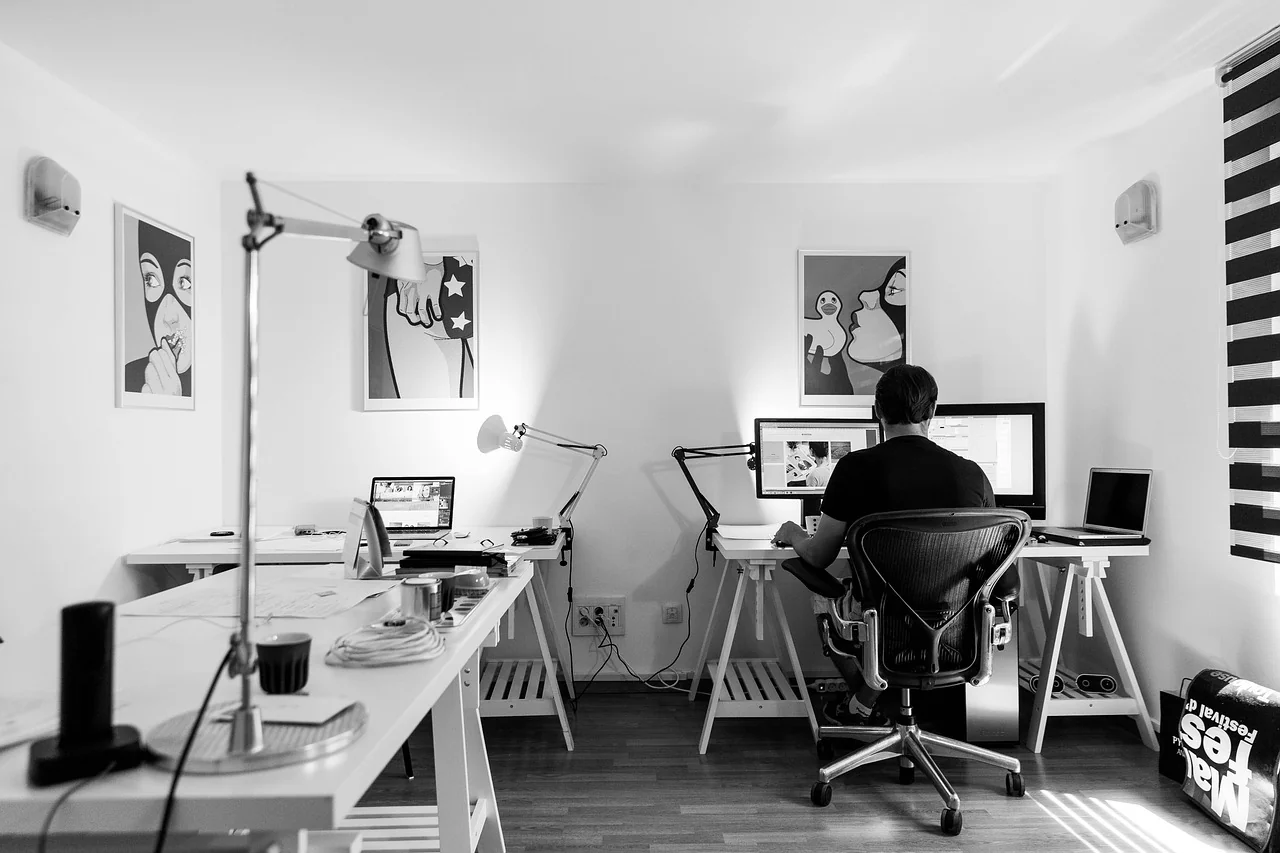
A Designer’s Guide To Handling Legal Hurdles In 2024
The enthralling design landscape is a world where creativity unfurls wildly against a backdrop of ever-changing legal landscapes. In 2024 and beyond, the design era won’t be about buoyantly floating in imagination alone; it’ll be a meticulous tightrope walk over legal lines etched on intellectual property rights and copyrights, among other hurdles.
But fear not! This comprehensive guide lifts the veil on those often intimidating laws, turning them into navigable paths and enriching your creative journey. The goal here is to help you know where artistry meets legislation, helping you design responsibly and effectively navigate the vibrant panorama that awaits.
Understand Copyright and Intellectual Property
A crucial aspect of design work in 2024 revolves around respecting copyright laws and understanding intellectual property rights.
Think of these rights as territorial borders; trespassing, even unknowingly, isn’t acceptable. If you didn’t create it, it’s not yours. This extends to even ‘harmless’ Google image searches or ‘free’ downloads that could be riddled with legal traps.
Designers who respect others’ creative space and obtain necessary permissions when required are less likely to encounter avoidable legal troubles. As trends evolve, so do laws; the savvy designer is often one step ahead, understanding the fine balance between innovation and infringement.
Know How to Handle Infringement Cases
In the world of design, receiving a cease and desist letter could be likened to an unexpected rainstorm during an outdoor event; it might dampen spirits momentarily, but it’s hardly the end of the world. Proper preparation is vital when navigating such situations.
The first step is understanding what a cease and desist letter entails. It could range from an amicable warning to an imminent legal action notice, usually asking you to stop using copyrighted materials.
If you’ve taken due care in respecting intellectual property laws in your designs, of course, you must know how to respond to a cease and desist letter, as you already have proof of your rights or permissions obtained. However, this is not always a DIY project; early on, involving a professional copyright lawyer can greatly streamline this process.
Remember, designers don’t have control over every twist and turn in their career path. Challenges like these are part of the journey, akin to squeezing into that frustratingly tiny parking spot downtown; it takes some time, but we all figure it out eventually!
Master the Art of Diplomacy and Negotiation
In the world of design, knowing how to handle disputes is as critical as selecting the right color palette for your project.
Much like how one resolves a squabble over the TV remote at home, handling disagreements about your designs involves a fair amount of diplomacy and negotiation. This skill becomes particularly vital when dealing with clients or anyone contesting legalities over your creations.
Becoming a successful designer goes beyond simply creating beautiful images. You must understand the intricacies of intellectual property rights, client relations, and law enforcement. That way, you can ensure that your designs not only satisfy your clients’ aesthetics but are also compliant with legal regulations.
Stay Updated with Evolving Laws in AI Design
The landscape of design, like shifting sand dunes, is ever-evolving. This fact rings especially true for designers dabbling in artificial intelligence.
By 2024, the line between human-designed and AI-generated work will increasingly blur, making it even more crucial to stay updated on copyright regulations. With the laws being as dynamic as design trends themselves, any well-prepared designer must keep an ear to the ground and adapt accordingly. Doing so makes it easy to keep pace with this fast-advancing frontier and dodge unnecessary legal hurdles.
Embrace Feedback and Continuous Improvement
The key to great design lies not only in talent but also in a consistent willingness to listen, learn, and improve.
Just like a seasoned chef tweaks their recipes based on customer feedback, your designs should be regularly reviewed and iterated upon. Be open to constructive criticism: view them as tickets towards innovative enhancements rather than demeaning comments.
But remember: as you revise, always ensure that your updated designs stay within the boundaries of legal standards. Striking a balance between creativity and compliance helps you confidently navigate the fast-paced world of design while keeping legal headaches at bay.
Conclusion
Being a designer in 2024 means more than just creating beautiful things. It involves designing responsibly, like leaving a room cleaner than you found it.
Good ethics and adherence to legal guidelines should be woven into your work as intricately as colors on a canvas. After all, navigating legal hurdles smoothly is not just about avoiding pitfalls. It’s also about embracing creativity within the frames of law, a challenging yet fulfilling endeavor.
So now, over to you: Prepare to embark on a journey where your designs will continue to inspire while remaining on the right side of the law in 2024 and beyond.



